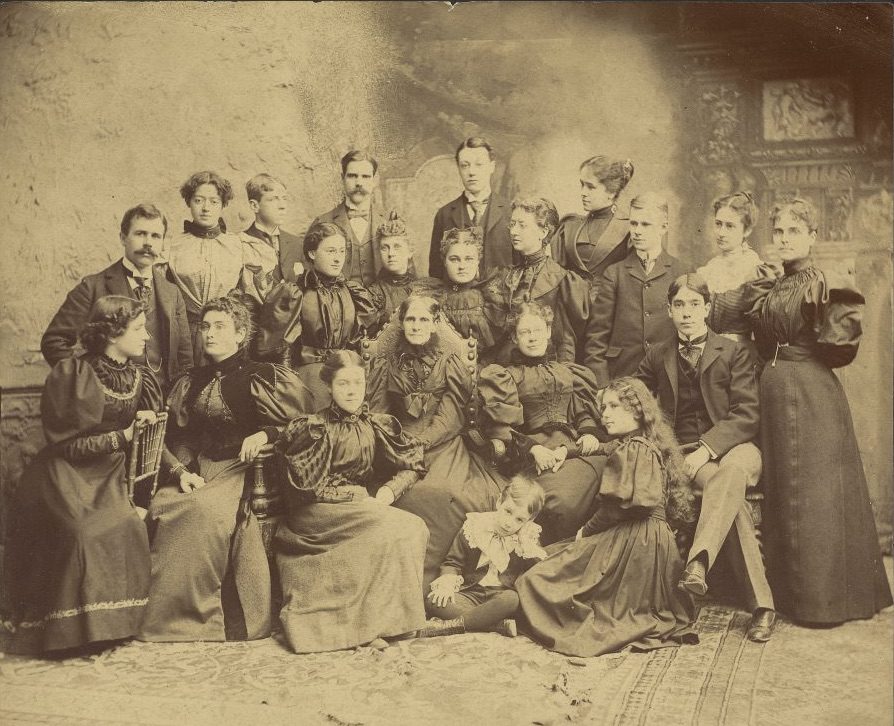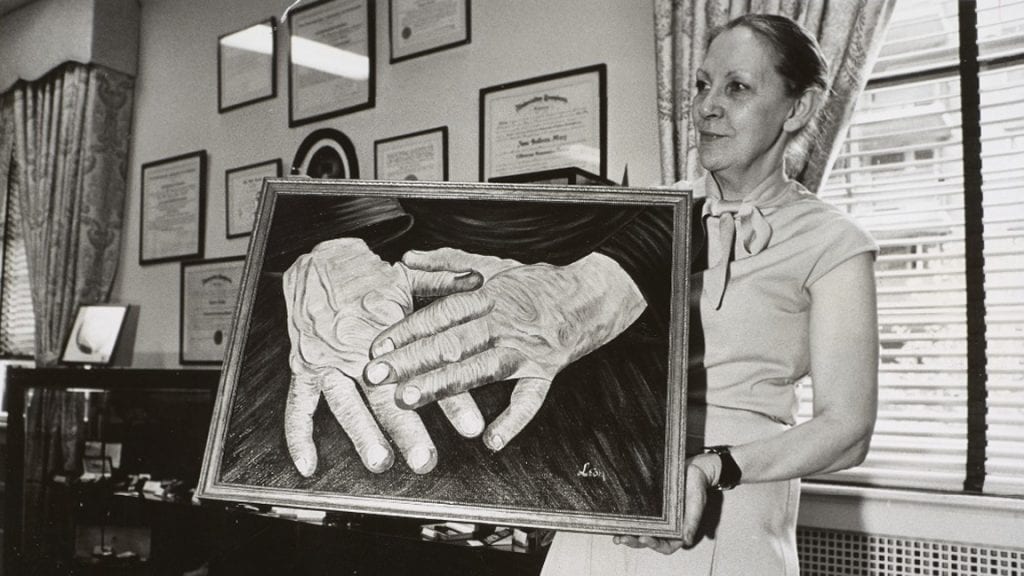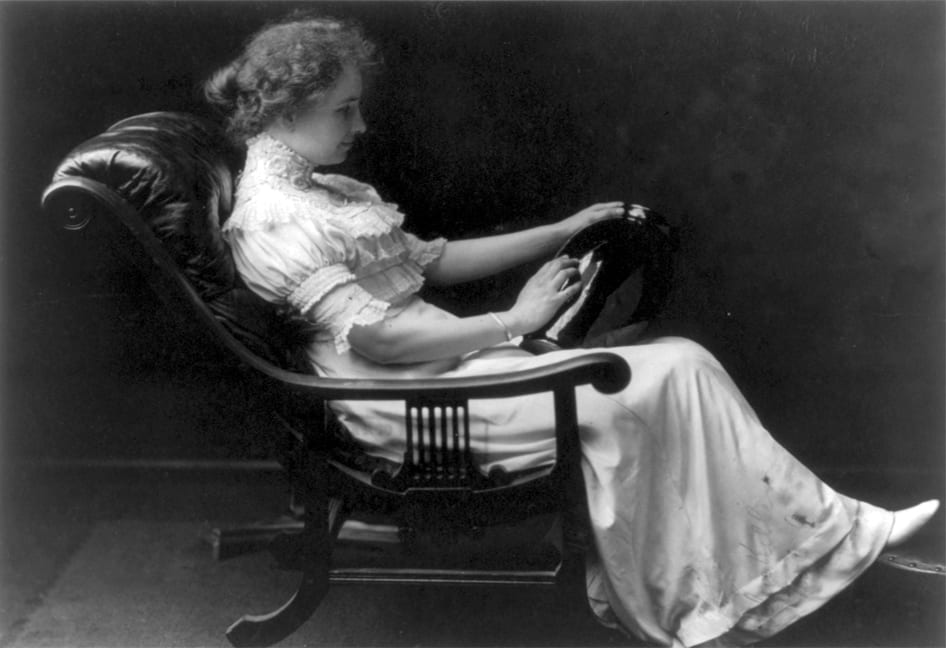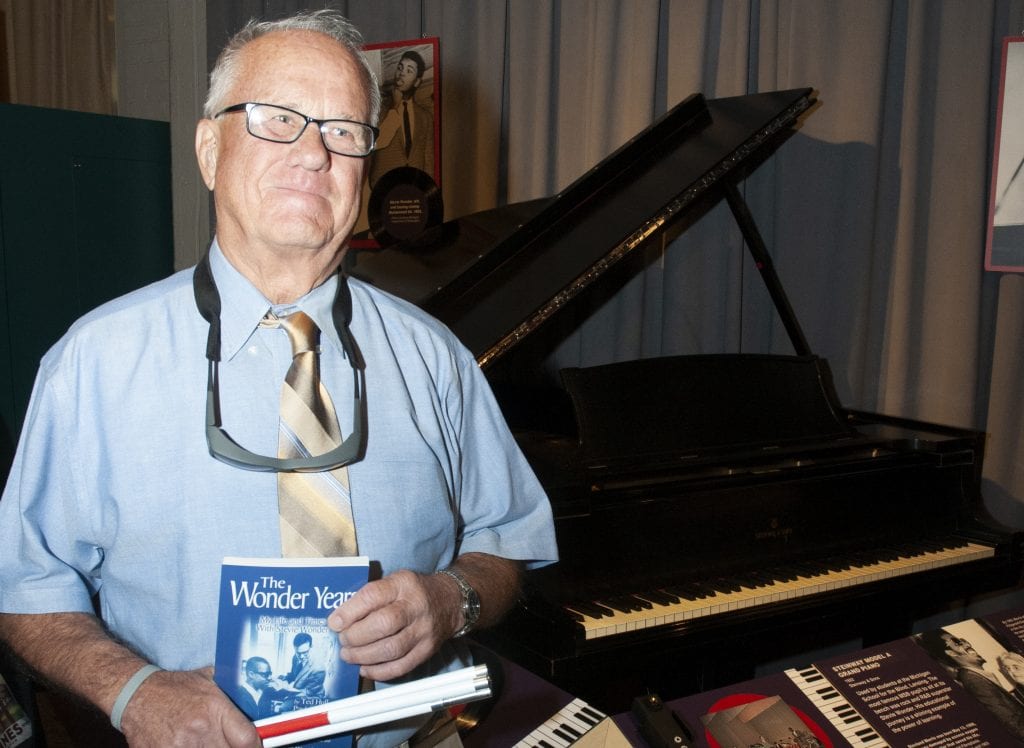Embarking on an Educational Journey: How Anne Sullivan Taught Helen Keller

From childhood and beyond, Helen’s teacher, Anne Sullivan, aided in her pupil’s pursuit to understand the world. Anne utilized protactile sign language, which is orientated by touch and is used on the body, and experiential learning techniques to bring the power of words to Helen’s fingertips. Her methods are still implemented today. As we commemorate Anne’s birthday, we look back on the strategies she employed to help Helen achieve academic success.
The First Step
On March 3, 1887, Anne Sullivan arrived at Helen Keller’s home in Tuscumbia, Alabama. While the six-year-old girl was very bright, she was also spoiled and prone to temper tantrums. Before Anne could begin teaching Helen, she needed her young student to obey her. The two moved from the main house to a nearby cottage, where Anne began her work. In her letters to her friend Sophia Hopkins, Anne described this time with Helen, saying, “To get her to do the simplest thing, such as combing her hair or washing her hands or buttoning her boots, it was necessary to use force, and, of course, a distressing scene followed…I saw clearly that it was useless to try to teach her language or anything else until she learned to obey me. I have thought about it a great deal, and the more I think, the more certain I am that obedience is the gateway through which knowledge, yes, and love, too, enter the mind of the child.”
Helen’s Breakthrough
Once they respected one another, Anne signed words into Helen’s hand. On April 5, 1887, Anne’s pupil unlocked the secret to language. In a letter to Sophia, Anne recalled how Helen confused the words “mug” and “milk” with the verb “drink.” Anne said, “She didn’t know the word for ‘drink,’ but went through the pantomime of drinking whenever she spelled ‘mug’ or ‘milk.’” As Helen washed up that morning, she pointed to the water and patted Anne’s hand, asking for its name. Anne spelled “w-a-t-e-r” into Helen’s hand.
“Then it occurred to me that with the help of this new word I might succeed in straightening out the “mug-milk” difficulty,” Anne said. At the pump-house, Helen held her mug under the spout as Anne pumped water and spelled the word into Helen’s palm. “The word coming so close upon the sensation of cold water rushing over her hand seemed to startle her,” Anne said. Dropping the mug, Helen’s face brightened as she spelled “water” several times. She realized that everything has a name, and she was determined to know what each object was. That day, Anne taught her student thirty new words.
Educational Philosophy
Anne didn’t follow a curriculum while teaching Helen. Many lessons were outdoors as Helen thrived using her other three senses of touch, smell, and taste. In a letter to John Hitz, Anne wrote, “Words were learned as they were needed. She rarely forgot a word that was given her when the action called it forth, and she learned a phrase or even a sentence as readily as a single word when it was needed to describe the action.” In fact, within three weeks of the water pump lesson, Helen added more than one hundred words to her vocabulary.
In the same note, Anne mentioned the power of experiential learning. Outdoor lessons about trees, flowers, and animals are effective in helping students learn language because these topics are all things children love and are curious about. Anne gave Helen ample opportunity to engage with her surroundings and allowed her to find excitement in obtaining new knowledge. Thus, Helen’s repertoire of words was built quickly, and she maintained a lifelong love of learning.
Find out more about Anne Sullivan by visiting the AFB Helen Keller Archive.
Share this article.
Related articles

How the Helen Keller Archive Began
When I started working in the AFB (American Foundation for the Blind) Helen Keller Archive at APH in October of...

The Chair Went Out the Window
Museum objects and their stories are codependent. The artifact is the real deal. After all, it was there when history...

The Teacher as North Star
May is Teacher Appreciation Month in the U.S., but here in the museum at the American Printing House for the...
